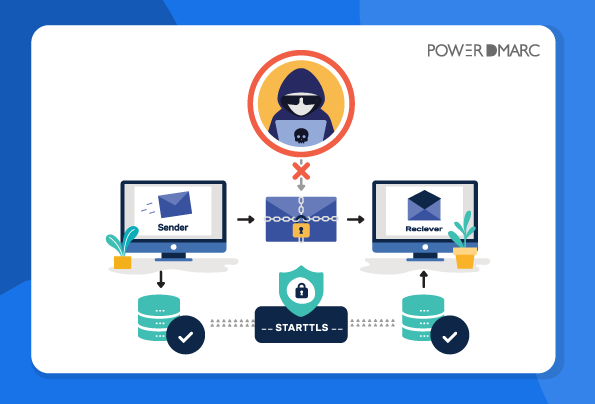Enhancing Email Security with MTA-STS
Email security is a critical aspect of safeguarding sensitive information in the digital age. Hackers and cybercriminals are constantly seeking vulnerabilities to exploit in order to gain unauthorized access to email accounts and the information they contain. To combat this threat, organizations and individuals must implement robust security measures, such as MTA-STS (Mail Transfer Agent Strict Transport Security).
MTA-STS is a protocol that allows email senders to declare that their domain supports encrypted connections and to specify the method for validating these connections. By implementing MTA-STS, email servers can enforce secure connections between themselves, reducing the risk of man-in-the-middle attacks and other forms of email interception.
One of the key benefits of MTA-STS is that it helps prevent downgrade attacks, where an attacker forces a connection to downgrade to an insecure protocol, making it easier to intercept and manipulate the email traffic. By enforcing strict transport security policies, organizations can ensure that all email communications are encrypted and protected from interception.
How Does MTA-STS Work?
MTA-STS works by allowing email senders to publish a policy file on their domain that specifies the required security settings for incoming email connections. When an email server receives a connection request from a sender domain that supports MTA-STS, it will retrieve and parse the policy file to determine the appropriate security measures to enforce.
If the sender domain does not support MTA-STS or fails to meet the required security standards, the receiving server can choose to reject the connection or fall back to a less secure mode of communication. This ensures that email servers only communicate using secure and encrypted channels, minimizing the risk of data breaches and unauthorized access.
Implementing MTA-STS for Enhanced Email Security
Implementing MTA-STS requires generating a valid policy file and publishing it on the sender domain. The policy file should specify the security requirements for email connections, such as the use of TLS encryption and certificate validation. Additionally, the domain owner must set up DNS records to indicate support for MTA-STS and configure their email servers to enforce the policy.
Once MTA-STS is implemented, email senders can benefit from enhanced security and protection against email interception. By enforcing strict transport security measures, organizations can mitigate the risk of email hijacking, data theft, and other malicious activities. As email continues to be a primary communication channel for businesses and individuals, investing in robust email security solutions like MTA-STS is crucial to safeguarding sensitive information and maintaining trust with stakeholders.
Conclusion
MTA-STS is a powerful tool for enhancing email security and protecting sensitive information from unauthorized access. By implementing MTA-STS, organizations and individuals can enforce strict transport security policies that encrypt all email communications and prevent downgrade attacks. With the increasing prevalence of cyber threats and email interception, investing in robust email security solutions like MTA-STS is essential to safeguarding data, maintaining trust, and ensuring secure communication channels.
Take proactive steps to enhance your email security by implementing MTA-STS today and fortify your defense against cyber threats.
